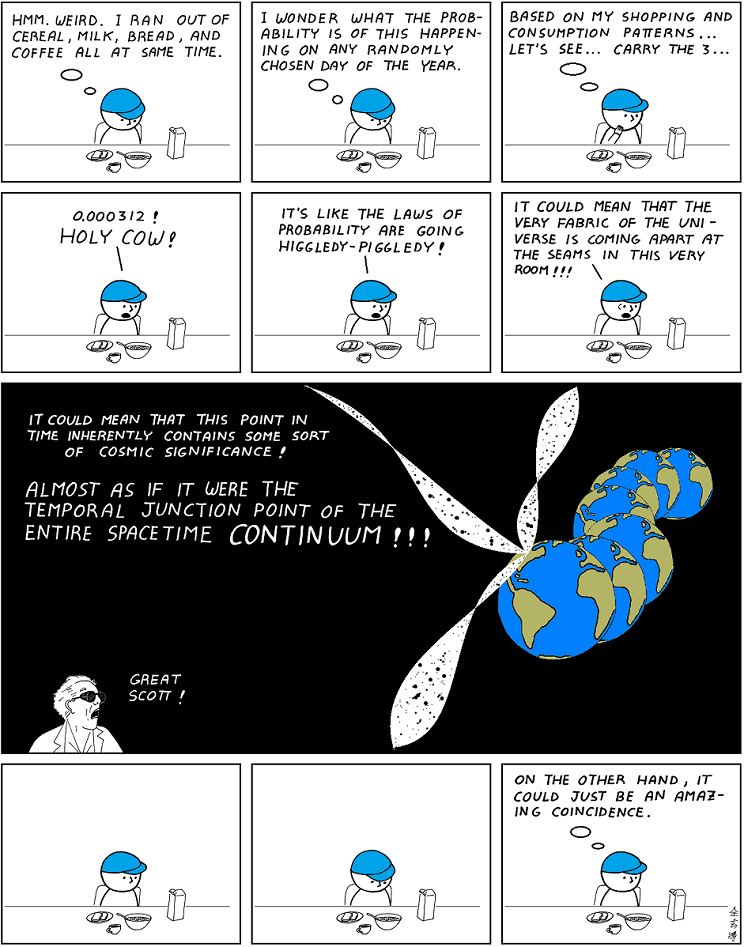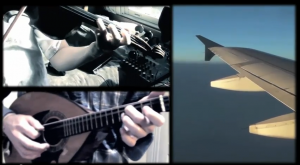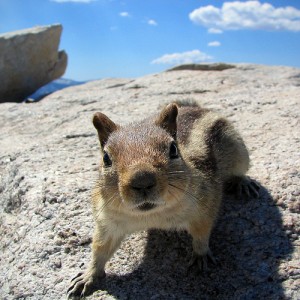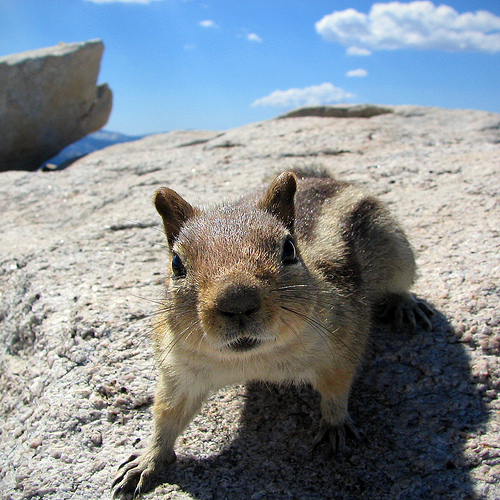 I don’t have anything to add, except that I remember the day I learned that being where I was at that exact minute was highly improbable. I mean, I was there, right then, I was 100 percent probable. But if I’d calculated it ahead of time I’d have been as AG says, 0.000312 or something. So I gave up on probability.
I don’t have anything to add, except that I remember the day I learned that being where I was at that exact minute was highly improbable. I mean, I was there, right then, I was 100 percent probable. But if I’d calculated it ahead of time I’d have been as AG says, 0.000312 or something. So I gave up on probability.
This week, Michelle bestowed upon a grateful universe the phrase “probably unpleasant but non-lethal chipmunk ear punches”
Cassie wept as a doctor sang to her awkwardly in Spanish
Ann showed us that up close, cosmological dark matter looks like poppies
Tom found the sole heir to They Might Be Giants’ science song dynasty
And Ginny channeled Joan Miro to explain, in beautiful surrealist anime, how fantastic lengths of DNA manage to coil themselves into an impossibly tiny nucleus.
Extra credit: “Before you go off to start building your apocalyptic weapon, do bear in mind two things.”
Have an awesome weekend, everyone! See you on Monday!
**
The new study, certainly not the last word on DNA, was published last week in The EMBO Journal. The music is Chopin’s Minute Waltz, the subject of another post.
 Science or music, music or science? Too often when it comes to science-inflected tunage, that’s the choice one has to make.
Science or music, music or science? Too often when it comes to science-inflected tunage, that’s the choice one has to make.
The best songs, usually, are only tangentially about science. The Low Anthem’s “Charlie Darwin,” for example, is stirringly beautiful, and improves with each listen well into the hundreds. But poor old Darwin doesn’t ever rise above the level of metaphor — and there’s certainly no mention of his long decade spent immersed in the painstaking study of barnacle systematics.
At the other end of the spectrum, any number of recent lab-based music videos — the “Large Hadron Rap,” “Bad Project” — have been full of fun and verifiable science content. But oh dilly, are they nerdy. And musically, they don’t rise above the level of novelty acts.
That’s what makes Nimbleweed so darned special. After the jump: quite possibly the best science songs you’ve ever heard. Continue reading
 A week ago, I found myself sitting in a small phlebotomy room at the back of my doctor’s office. Had you been a fly on the wall, this is what you would have observed: On one side of me stood a young nurse holding a hollow needle and a glass tube with a brown rubber stopper. On the other side stood my doctor, a jovial gray-haired fellow. My left hand limply grasped the doctor’s right middle and index fingers. I was weeping.
A week ago, I found myself sitting in a small phlebotomy room at the back of my doctor’s office. Had you been a fly on the wall, this is what you would have observed: On one side of me stood a young nurse holding a hollow needle and a glass tube with a brown rubber stopper. On the other side stood my doctor, a jovial gray-haired fellow. My left hand limply grasped the doctor’s right middle and index fingers. I was weeping.
“Squeeze them,” he said, as the nurse plunged the needle into my arm. “Squeeze them as hard as you need to.” Behind his voice lurked desperation. “You’re not squeezing. Go ahead and squeeze!” Presumably he was referring to his fingers. But I didn’t want to squeeze. I wanted to die. I wanted the doctor to go away and leave me alone with my misery. I wanted the torture to end. I wanted the floor to open up and swallow the whole goddamn lab.
The needle was in and it hurt. The bloodletting was taking forever. I began to hyperventilate. Dr. Feelgood tried another tack. “Can you count to five in Spanish?” he asked. I can. In fact, I’m fluent in Spanish. But that moment seemed like a bad time for a language lesson. “Not right now,” I replied. The good doctor could not be dissuaded. He began to sing. “Uno, dos, tres amigos. Cuatro, cinco, seis amigos!”
For those who don’t know, “Uno, Dos, Tres Amigos” is a children’s song popular with the five and under crowd. I am thirty-three. If I hadn’t been sobbing, I might have laughed. Finally the needle came out. The doctor disappeared. The nurse apologized. I fished a crumpled tissue out of my pocket and wiped my wet cheeks and nose. And then I got the hell out of there.
You may have gathered by now that I have an extreme fear of needles, a disorder known as belonephobia. Continue reading
This is the universe at present. You’re seeing not the light but the dark — you knew that most of the universe’s matter is dark, right? — and its motions. Not until the far right end are you seeing the light. Go ahead and clickety click all over this; zoom it in and out, drag it around. It’s a computer simulation based on and ending with observed reality. But it doesn’t read from left to right; it’s less the chronology of the universe’s life than a series of its aspects. It’s so beautiful you might faint. Continue reading
Several years ago, on a soggy but majestic mountain afternoon, I hiked into the Yosemite backcountry to meet UC-Berkeley mammalogist Jim Patton. Patton and his colleagues at the Museum of Vertebrate Zoology were retracing the steps of renowned naturalist Joseph Grinnell, who surveyed California’s wildlife early in the last century — and obsessively documented his work in voluminous, barely legible field journals. (Fellow archive nerds, see some wonderful examples here.)
Thanks to Grinnell’s tireless note-taking, Patton and his team were able to repeat the surveys, and get a sense of how Yosemite’s wildlife has changed over the past 90 years. Of the 30 mammal and bird species studied by both Grinnell and the modern-day Berkeley team, 14 show no significant change in their range, but 16 have shifted their habitats, with lower-elevation species consistently expanding their range uphill and higher-elevation species — the pika, the alpine chipmunk — retracting the lower limit of their range. The pattern suggests that many of Yosemite’s critters are already responding to climate change, and habitat models developed by the researchers strengthened this conclusion.
But that’s not the end of Grinnell’s legacy.
This week, we all showed a bit of ankle to commemorate Valentine’s Day (well, Cassie showed her toes)
Guest poster Sarah Zielinski told us what we’ll find in “Pickering’s Harem”
Richard got punked by Tom Cruise while explaining the differences (and similarities) between show biz and science
Hogan faced Hayden in an LWON Battle Royale (okay, the battle was to see who could be more accommodating and polite but STILL! CAGE MATCH!)
And LWON pal Abstruse Goose demonstrated the plight of an over-specialized molecular biologist
Extra credit: A lifelike horse head mask
See you Monday!


